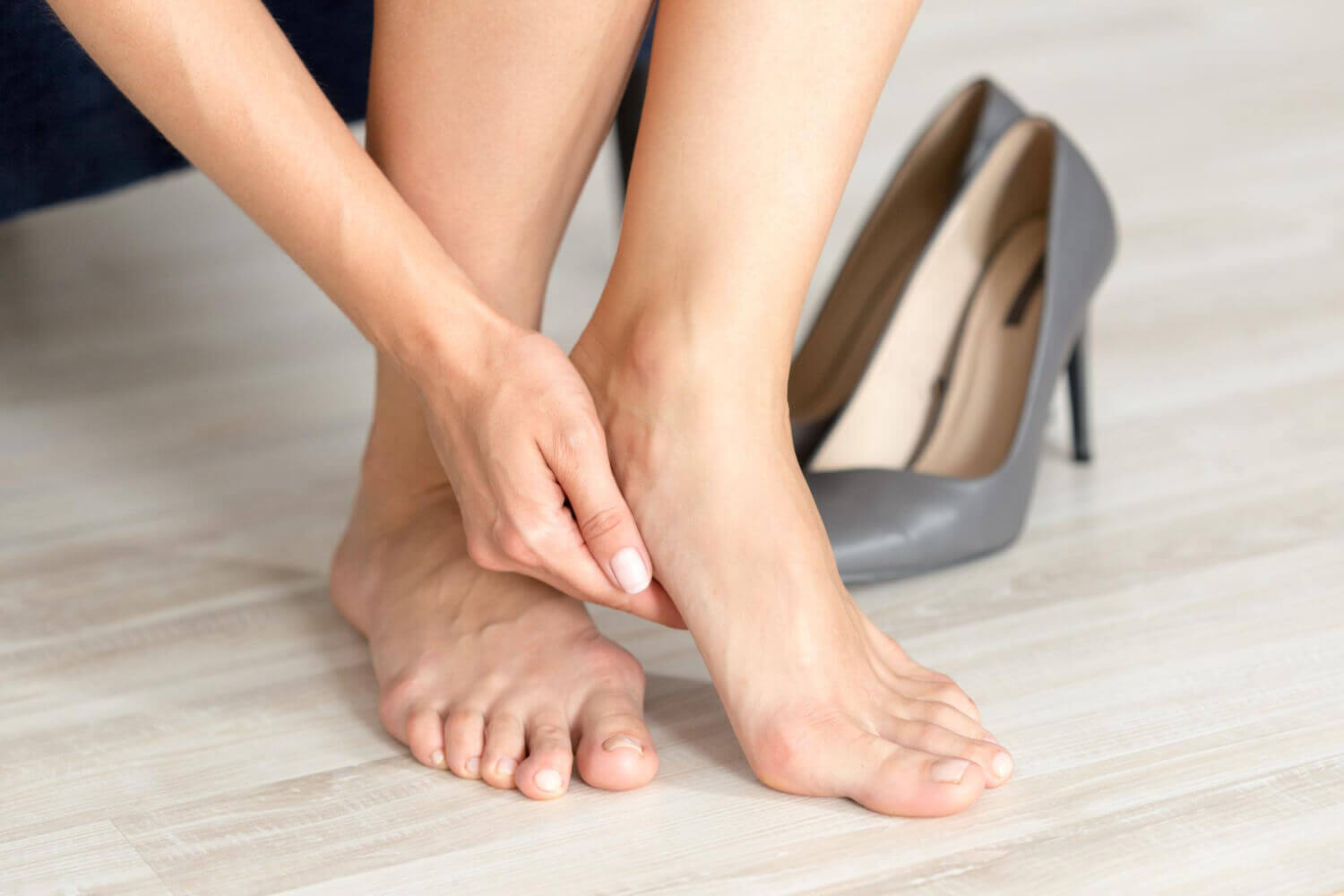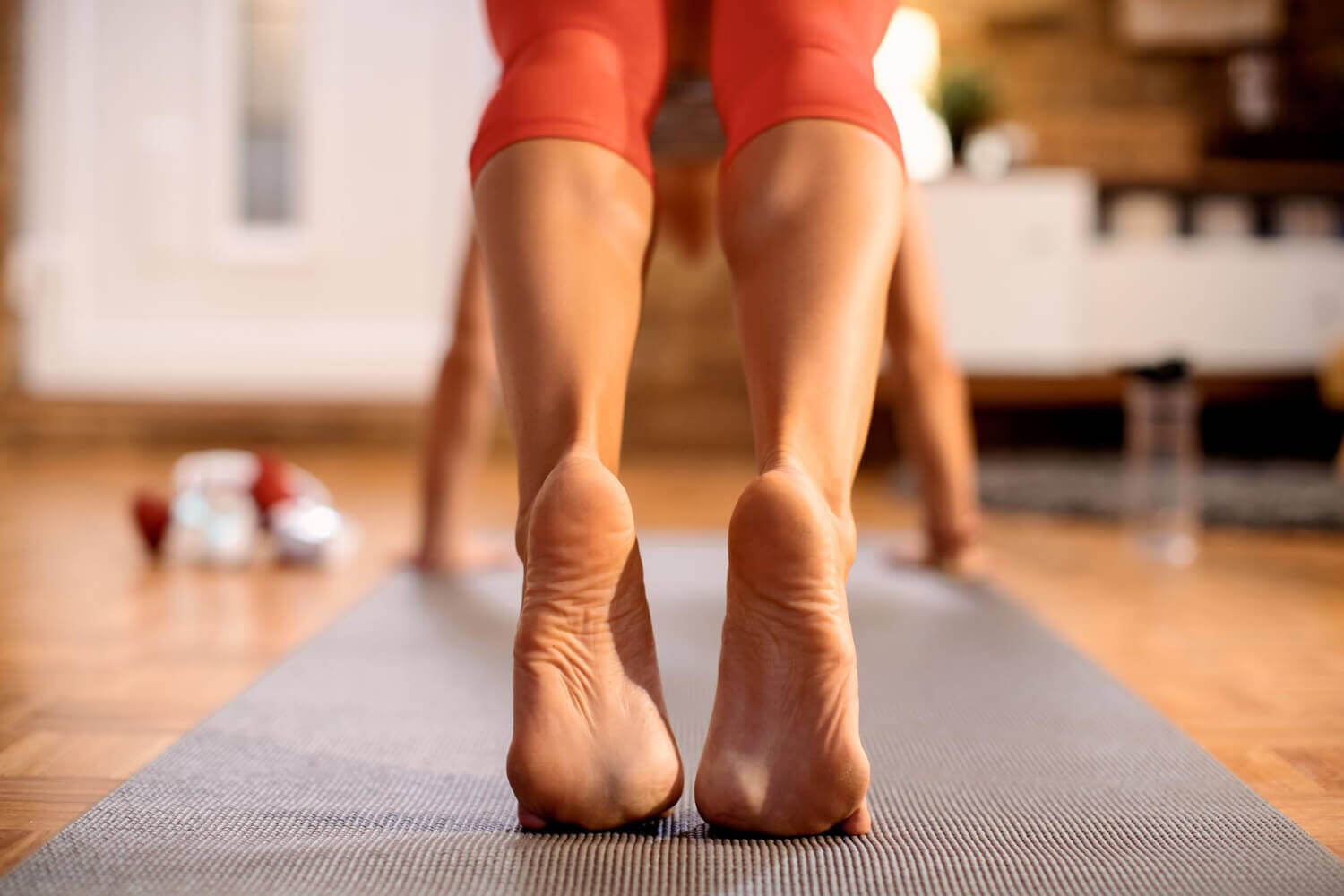High heels have long been a staple of fashion and corporate attire from the runway to the office. With their ability to add height, elongate legs, and make a statement, it’s no wonder many women opt for a pair of stilettos or pumps when dressing up. But are high heels really worth the discomfort and potential health risks? In this discussion , we’ll explore the pros and cons of wearing high heels and weigh the fashion-forward benefits against the potential drawbacks. So sit back, slip off those heels, and dive into this fashionable discourse.
The Pros:
- Improved Posture: High heels force the wearer to stand up straight, with their shoulders back and core engaged. This improved posture can alleviate pressure on the lower back, reducing the risk of back pain and spinal problems.
Image Source: Freepik - Strengthened Muscles: Walking in high heels requires balance and stability, supporting the calf muscles. Regularly wearing high heels can help tone and strengthen these muscles, improving overall leg strength and style .

The Cons:
- Foot Pain: The narrow toe box and high heel of many high-heeled shoes can pressure the toes and ball of the foot, leading to foot pain and conditions such as bunions, corns, and calluses.
- Ankle Injuries: The instability of high heels can increase the risk of ankle injuries, such as sprains and fractures. The risk is heightened when walking on uneven surfaces or stairs.
- Knee Pain: Wearing high heels can contribute to knee pain, as the added pressure on the knee joint can lead to conditions such as patellofemoral pain syndrome and osteoarthritis.
- Back Pain: The altered curvature of the spine caused by wearing high heels can put added pressure on the lower back, contributing to herniated discs and sciatica.
Ultimately, choosing to wear high heels comes down to personal preference and priorities. If you’re willing to take on the , high heels can be a fabulous way to add a touch of elegance and sophistication to your wardrobe.









